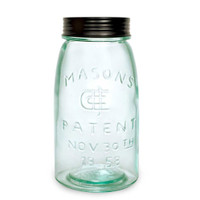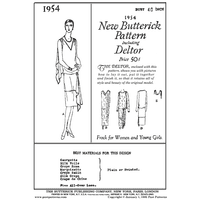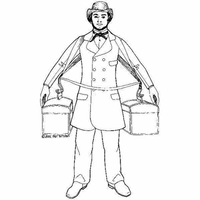 Loading... Please wait...
Loading... Please wait...Categories
Add to Wish List
New Products
- Home
- Historic Patterns
- By Maker
- Past Patterns
- Double-Breasted Summer Paletot with Flap Pockets
Product Description
The popularity of the paletot in the mid-19th century is without question. Farid Chemoune, author of A History of Men's Fashion, quotes La Fashion which lamented in 1840, "Paletots, yet more paletots, more paletots still! They have become more fashionable for every class, for every hour of the day, for every occasion." The paletot is cut with a separate side-body, which makes it fit the body closely. Because it fits the body closely it replaces a frock coat.
The pattern contains a brief history of the paletot from the 1840's-1870's which describes the difference between a paletot and a frock coat: hand sewing instructions, alterations and sewing instructions in 11 well-illustrated steps.
The Summer Paletot makes up into a plain-cut, straight-front informal coat that is used for everyday summer wear. It is the unlined, starched, and washable variety worn with a starched shirt PP007, lightly starched washable summer vest and unlined, lightly starched washable summer trousers PP014 or PP015. Also consider wearing drawers PP006.
The Fabric Requirements are for a man who stands 5'6" tall. Add 2"-4" for every 1" of height above 5'6". Sizes 34"-38" require 4-7/8 Yds., sizes 40"-44" require 5-1/3 Yds., sizes 48"-54" require 6 Yds. of 45" wide fabric.
Fashion Fabric Suggestions: Bottom Weight Fabrics in Cotton prints, satin weave (natural and white), seersucker (blue/white, brown/white, black/white) and 1/4" to 1" woven checks (green/white, brown/white, blue/white). Linen natural and white plain weave, natural or white drill and satin weave, 1/4" to 1" woven checks (green/white, brown/white, blue/white).
Notions: Buttons: Twelve 3/4" to 1-1/8" self-covered, four hole China or calico, two or four hole ocean or fresh water pearl buttons. If hand sewing use 40/2 or 50/2 or 60/2 white, brown, natural or blue linen hand sewing thread; bees'-wax to wax the thread; tailor's blue chalk for marking and 1 Qt. of liquid starch.










